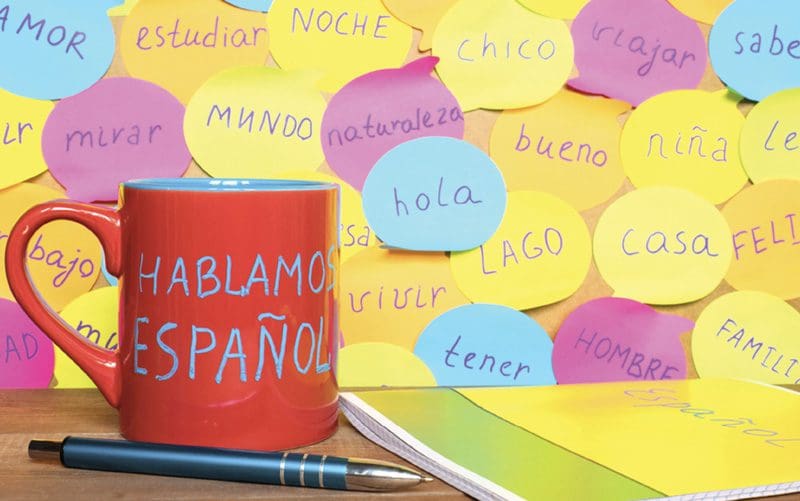
Ten Interesting Facts About Learning Spanish
Spanish – Ten Interesting Facts About Learning Spanish: Learning Spanish may seem daunting at times, but these interesting facts might help you see the way to fluency in an easier light.
Spanish is the second most spoken language on the planet! With 400 million native speakers and as the official language of 20 countries, Spanish is second only to Chinese.
Spanish pronunciation
is incredibly simple.
Studies show that it is easier to understand and communicate in a second language after two alcoholic drinks. This so-called “Dutch brain” phenomenon is named after the Dutch study that proved it.
Spanish-speaking countries all differ in usage of the “you” pronoun. There are three variations: “tú”, “vos” and “usted”. In North and Central America,“tú” is used to say “you,” or in Costa Rica, the traditional alternate “usted.” Everyone south of Colombia uses “vos,” while in Colombia you’ll hear all three Spanish versions of “you” used. Meanwhile, the use of “vosotros” (you all) is generally limited to native Spanish speakers from Spain.
Two nouns cannot be paired together (one being a modifier) in Spanish. They must be separated with “de”. For example, “wine glass” is “copa de vino.” Similarly, there is no Spanish equivalent to the English possessive apostrophe “s.” You can’t say “José’s casa” but rather, “casa de José.”
Spanish is a phonetic language; words are pronounced as they are spelled. Unlike English and French, which are littered with vowel blends and silent letters, Spanish pronunciation is incredibly simple.
“G” and “c” are the only Spanish consonants that change sound, depending on the vowel they precede. The vowels “a”, “o” and “u” make the “g” and “c” hard sounding, as in “color” and “gato.” Preceding the vowel “e” or “i,” they become soft, as in “cielo” and “girafa.”
Vowels in Spanish have only one sound each! Unlike English vowels, which have at least three different sounds each, Spanish vowels never change, never blend and are almost always pronounced.
A new verb may be created in Spanish by adding “ear” to the end of an English verb. Example of new additions to the language include “escanear” (to scan) and “tuitear” (to tweet).
An exception to the aforementioned Spanish vowel sound rule is “u,” acting as a helper vowel for “g” or “q.” In “gu” words such as guerra and guitara, the “u” is silent but keeps the “g” hard (like Viagra!) in front of an “e” or “i.” Spanish “qu” words are pronounced with a “k” sound, and “q” must be paired with the silent “u.”
There is no Spanish translation of the English verb “like.” “Me gusta la fruta” literally translates to “the fruit pleases me.”
Spanish Pronunciations: Vowels and Consonants
Spanish – Great minds think alike
Spanish – A dash of Pura Vida
Spanish – Step up your game
Spanish – Leveling Up, the 20/90 Challenge
Spanish- Tips for a New Year of Language Learning
Spanish – Relax, Engage, Learn
Spanish – Banter, a pura vida life skill
Spanish – Here’s looking at you, kid
Spanish – Yearning for Learning
Spanish – Seven Motivating Reasons to Start Learning today
Spanish – Verbs to live by
Spanish – Beware of false friends
Breaking the barriers of learning Spanish
